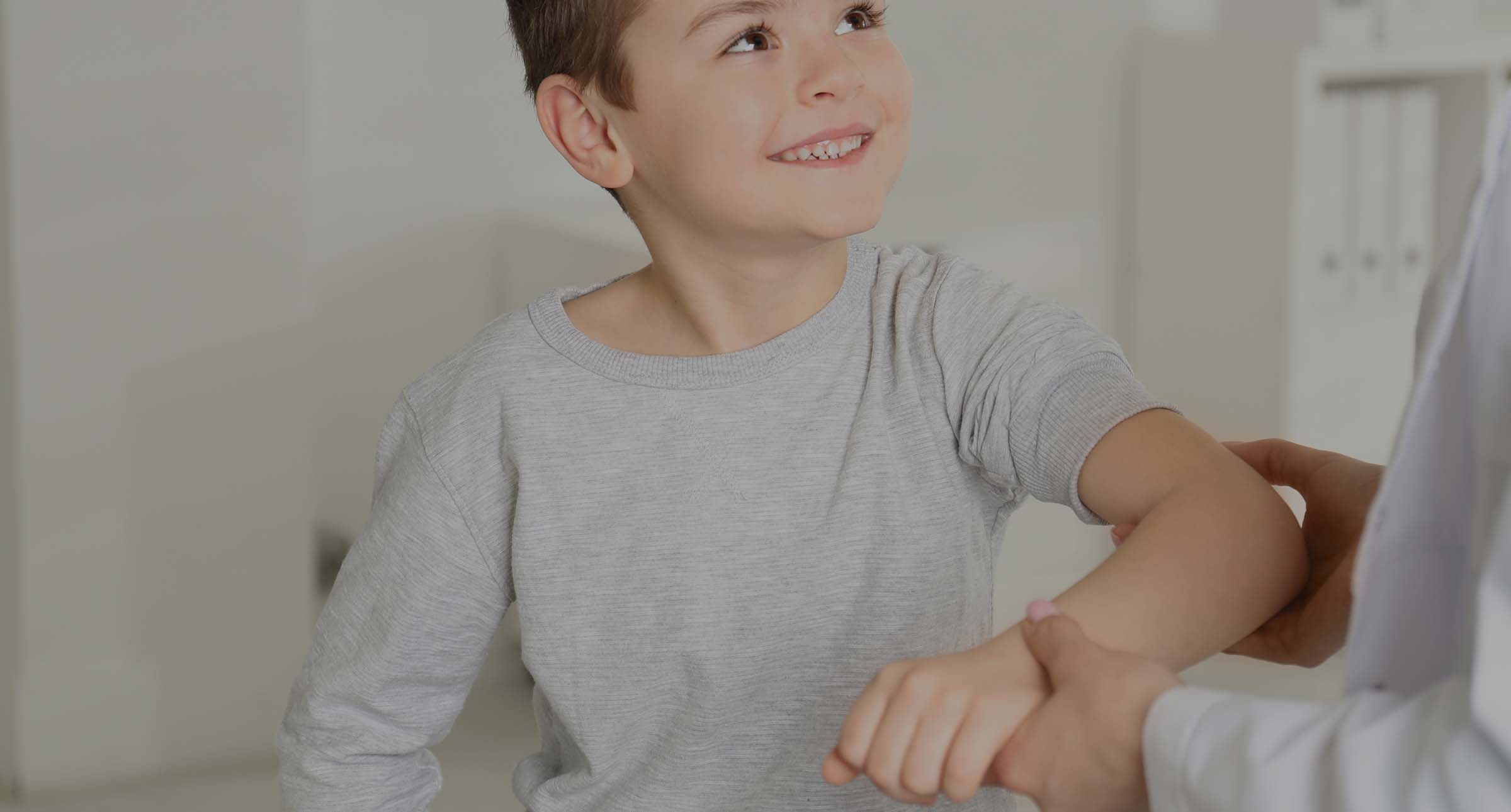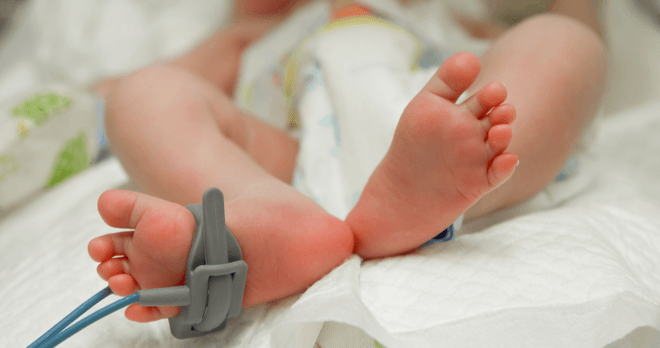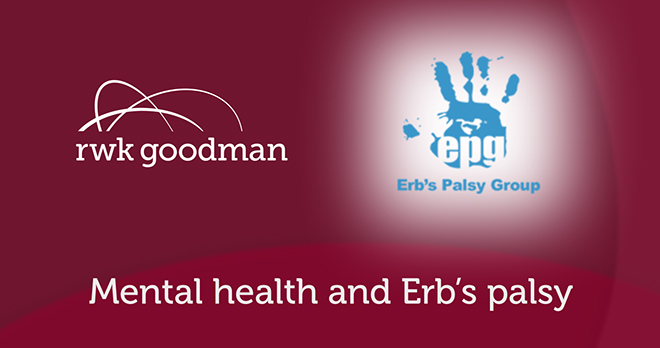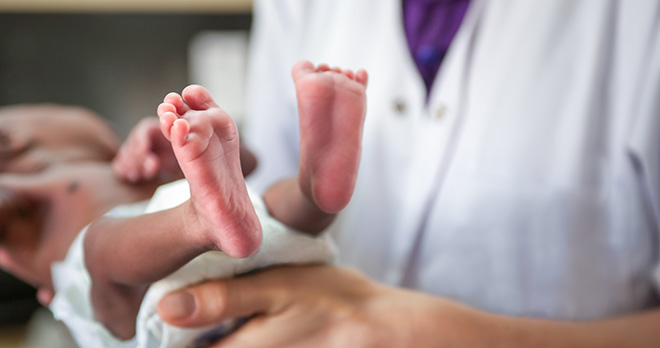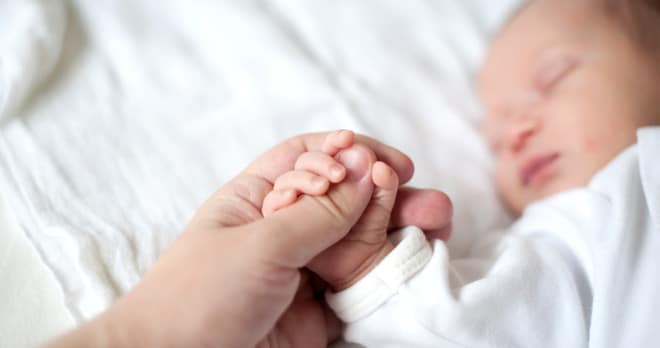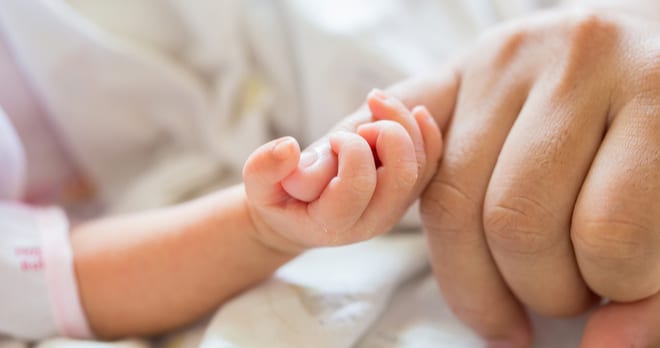The effects of Erb’s palsy: part compensation, part inspiration
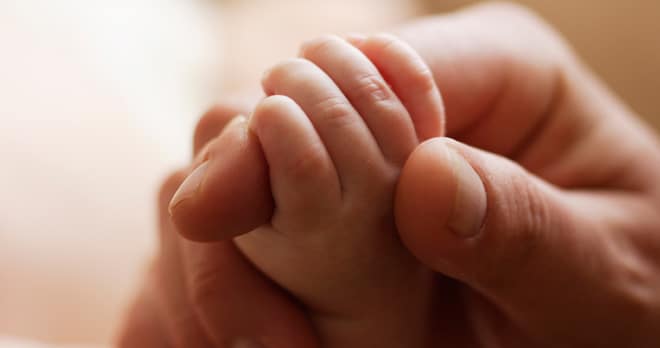
There are many aspects of my job as a clinical negligence lawyer that I enjoy. However, where I find most enjoyment is seeing the difference that can be made to people’s lives when provided with the rehabilitation, care, equipment and treatment that compensation can provide.
The main role of my job is to help people understand the law, to assist them to get the answers or redress they are seeking. For some, I help with the complaints process and they are satisfied with the response they receive as they now understand and can accept what happened. For others, it is fighting through to trial to show there was negligent treatment which has caused them, or a loved one, an injury they otherwise would not have had.
All I can do is seek the compensation people need to help them deal with the injury that has occurred. However sometimes I see inspiring stories of people who have overcome injury and done amazing things.
There are essentially two sides to what I do; part compensation, part inspiration.
Part Compensation
The difficult part of the job comes after getting that initial medico-legal report, which is always a double-edged sword. If it is supportive of claim, such as from an obstetrician regarding an Erb’s palsy injury saying that there was negligent management of the delivery, then it is good news that I can take the case forward. However, on the other side of that double-edge, it is also bad news – that if someone had done something differently; had not been negligent; had listened to mum and her concerns then that child would not have been injured at birth. That’s a lot of news to digest for the parents and, after that I then need to evaluate the level of damages that should be awarded which can also be an emotional experience.
Valuing the claim
When it comes to valuing a claim, we have to assess the child or young adult to see what is needed to enable them to lead a “normal” life but for the injury.
As lawyers we quite naturally focus on what difficulties are experienced and what the child cannot do so we can allow appropriate provision. I always include future loss of earnings/disadvantage on the open labour market for children who have a brachial plexus injury. This is because, despite our disability laws (The Equality Act 2010), it is a sad statistic that people with a disability are significantly less likely to be in employment.
However I feel it is also imperative that, during this process and particularly with children, my clients feel that we take notice of their achievements and the only thing they see is our focus on what they can do and what we can do to help them reach their own goals. Whilst no amount of compensation can give them an undamaged arm, they are always encouraged to see that hurdles can be overcome and there is always hope.
Part Inspiration
Whilst thinking about how I deal with this as a lawyer, I also wanted to be able to point to people who have made significant achievements with a brachial plexus injury; inspirational achievers in very different fields:
Grace Clough MBE – a 27 year old rower from Sheffield – Gold medal winner of LTA Mixed coxed four (LTAMix4+) at the World Championships in 2014, 2015, 2017 and 2018 and a Gold medal winner at the Rio 2016 Paralympic Games. Grace has a right sided Erb’s palsy from birth and underwent surgery as an infant to help her with her mobility.
Martin Sheen – Actor - he has a wealth of film and television appearances to his name. He explained during an interview when asked about his trademark way of putting on a jacket that he had a birth defect as a child where his left shoulder was crushed by forceps at birth so he has no lateral movement in my left arm. As a result he devised his particular method of putting on shirts and jackets as a boy.
Joe Hughes – 28 year old super-lightweight Boxer from Bristol – He was born with a dislocated shoulder and nerve damage in his right arm. His right arm is now some three inches shorter than his left. When he was young he was taken to a boxing gym to help him with his physiotherapy and he has continued on with considerable successful.
Compensation for future inspiration
When, as a lawyer, I focus on what someone cannot do, it is not because I am being negative. It is because under the law compensation is designed to put the person back in the position they would have been in, but for the negligence. This is usually impossible in a literal medical sense, as no amount of money will bring back a fully functioning arm.
Therefore on a practical basis, I need to find out what a person cannot do to assess what is needed to help them be able to do those things by utilising aids, equipment, therapy or care. Compensation will help provide a level field for pursuing the life they want. The positive outcome of compensation will be then be felt for many years to come and, given some of the inspirational stories of others with brachial plexus injury, they may even excel at something people hadn’t expected.
If you have any questions about treatment or anything else relating to Erb's palsy, make sure to join us at 6:30pm on Wednesday 11 March for our FREE Erb's Palsy Clinic. At the clinic our specialist legal team will be on hand to answer any queries you may have, whilst you hear from experts in the field of obstetrics and treatment, as well as the mother of a child with Erb's.
Contact our enquiries team to find out whether our legal experts can help you make a claim for Erb’s palsy.
Call now
